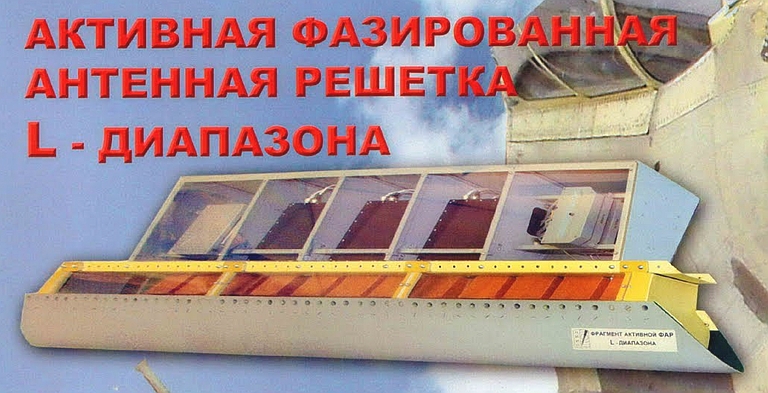With regards to the Zero:
"I learned quickly that altitude was paramount. Whoever had altitude dictated the terms of the battle, and there was nothing a Zero pilot could do to change that — we had him. The F4U could outperform a Zero in every aspect except slow speed manoeuvrability and slow speed rate of climb. Therefore you avoided getting slow when combating a Zero. It took time but eventually we developed tactics and deployed them very effectively... There were times, however, that I tangled with a Zero at slow speed, one on one. In these instances I considered myself fortunate to survive a battle. Of my 21 victories, 17 were against Zeros, and I lost five aircraft in combat. I was shot down three times and I crashed one that ploughed into the line back at base and wiped out another F4U.[41]" -Marine pilot on F4U Corsair, from Wikipedia
My point is that the Zero was an adaptation to the poor state of Japanese engine technology at the time, like the J-20 was an adaptation to the inferiority of the Chinese engine industry. However, while the Zero was very good at what it did, with proper tactics most of its strengths could be negated and it would be ineffective. By designing for minimum weight to maximize TWR with weak engines, the Zero limited its max speed and high-speed performance due to the airframe first locking up, then disintegrating.
Compare that to the J-20, which, if it manages to meet expectations with regards to its engine technology, would likely be a Mach 2 supercruiser, even faster than the F-22, with a focus on reducing drag for high-speed operations, while likely sacrificing low-speed maneuverability due to a lack of wing loading, and a probable lack of TVC, as you've mentioned.
I'm just pointing out the irony that if the J-20 ends up becoming an iconic fighter of the 2020s, it'll do so by having the opposite design philosophy of the Zero; emphasizing speed over maneuverability. Whether it'll turn out just as badly as the Zero did, in that the opponents of the Zero were able to reliably exploit its poor high-speed performance so that with perfect tactics on both sides the Zero was toast, is to be determined, since the J-20 will have poor stealth in various regimes, as well as likely being behind when it comes to effectiveness of sensors.
===
And as to having unrealistic views, I'm just assuming that the various 5th generation projects meet their intended targets. It is possible, even likely, that something will eventually go wrong with the design program and that various 5th gen programs will become highly flawed, like the J-10 project taking 10 more years than planned and being forced to fly with Russian engines instead of the intended WS-10, or the F-35 program being behind schedule and overbudget, but just as it's uncertain as to whether various 5th gen projects will be successful, it's also uncertain as to whether they'll be unsuccessful. Between hitting their design targets and just flat out missing them, however, they're more likely to be closer to hitting their design targets.
Looking at the design specs, then, the F-22 emphasizes a mixture of stealth and maneuverability, with extreme all-aspect stealth due to the requirements of the ATF program and better maneuverability than most 4th and 4.5th gens due to its body-lift design and TVC. The F-35 emphasizes a combination of stealth and advanced sensors, being designed to be highly stealthy, although not as much as the F-22, but it's designed to avoid a WVR fight as it is only designed to be somewhat more maneuverable than 4th gen fighters, not 4.5th gen fighters. The PAK-FA / T-50 / Su-50 aims to be the most maneuverable 5th gen fighter, while also emphasizing moderate stealth to enable it to get into WVR range. The J-20 aims to maximize supercruise capabilities and range, while having stealth and sensors comparable to the F-35 as well as maneuverability comparable to 4.5th gen fighters.

